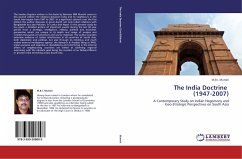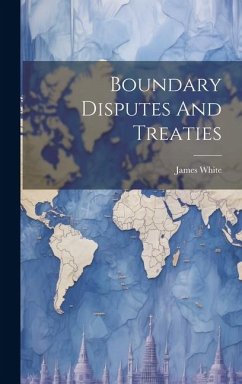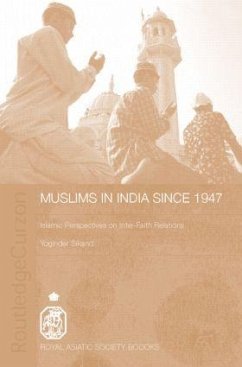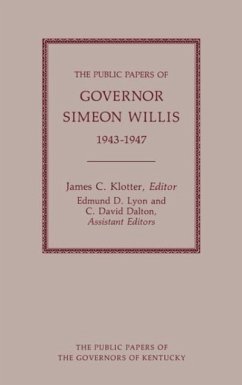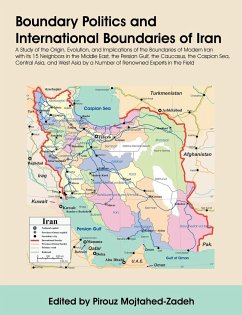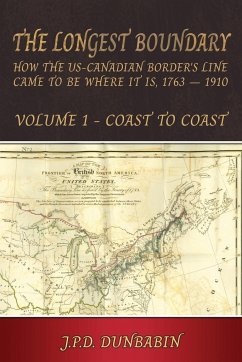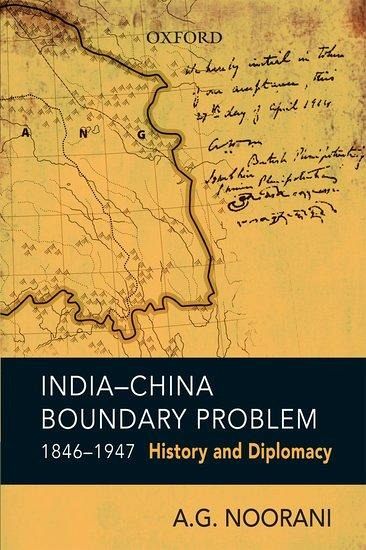
India-China Boundary Problem, 1846-1947
History and Diplomacy
Versandkostenfrei!
Versandfertig in über 4 Wochen
69,99 €
inkl. MwSt.

PAYBACK Punkte
35 °P sammeln!
This volume discusses the origins and development of India's boundary dispute with China. It examines key issues like areas of dispute, treaties, agreements, and conventions, role of the bureaucracy, peace processes together with an analysis of earlier attempts at drawing a boundary line.



